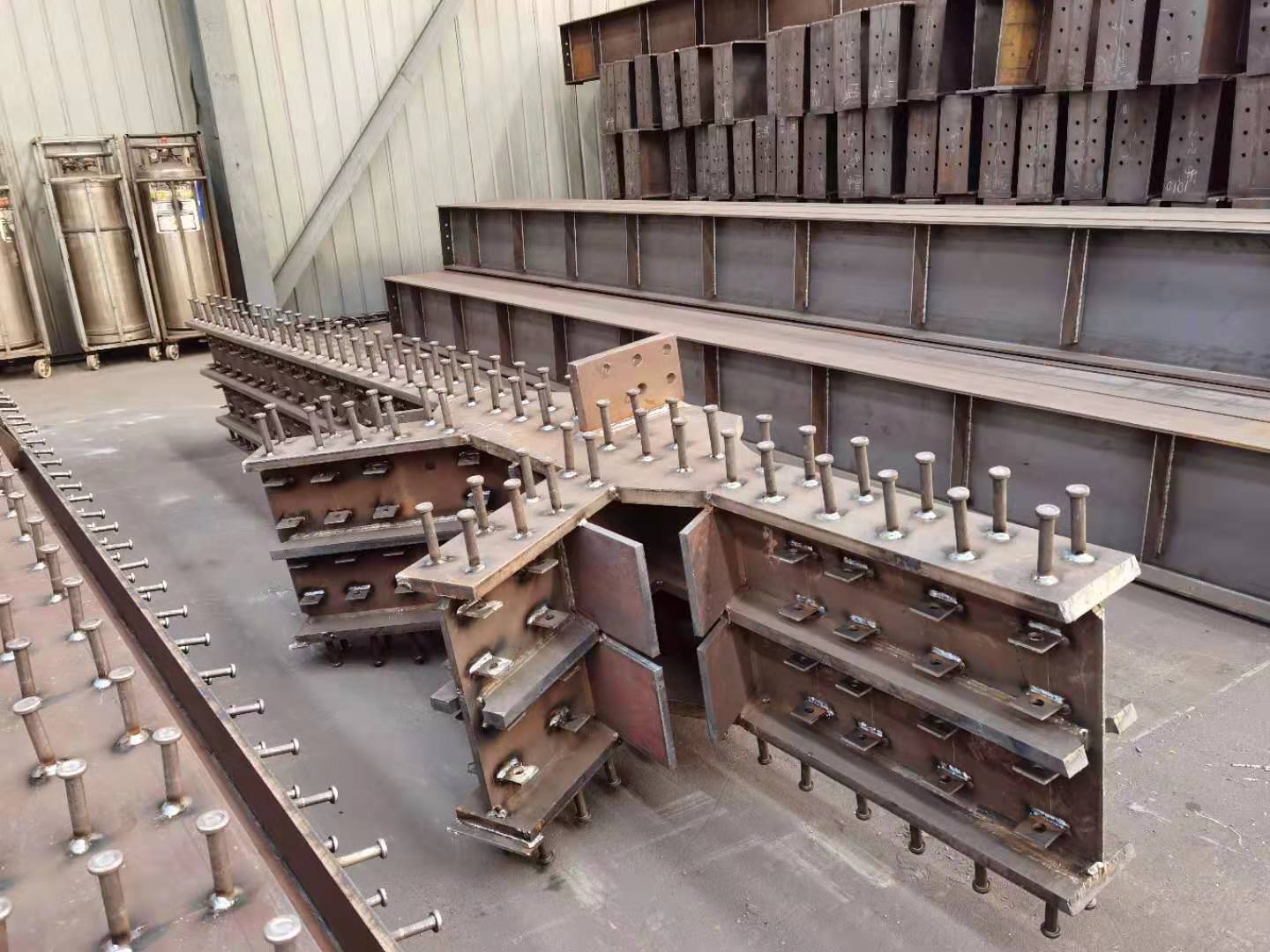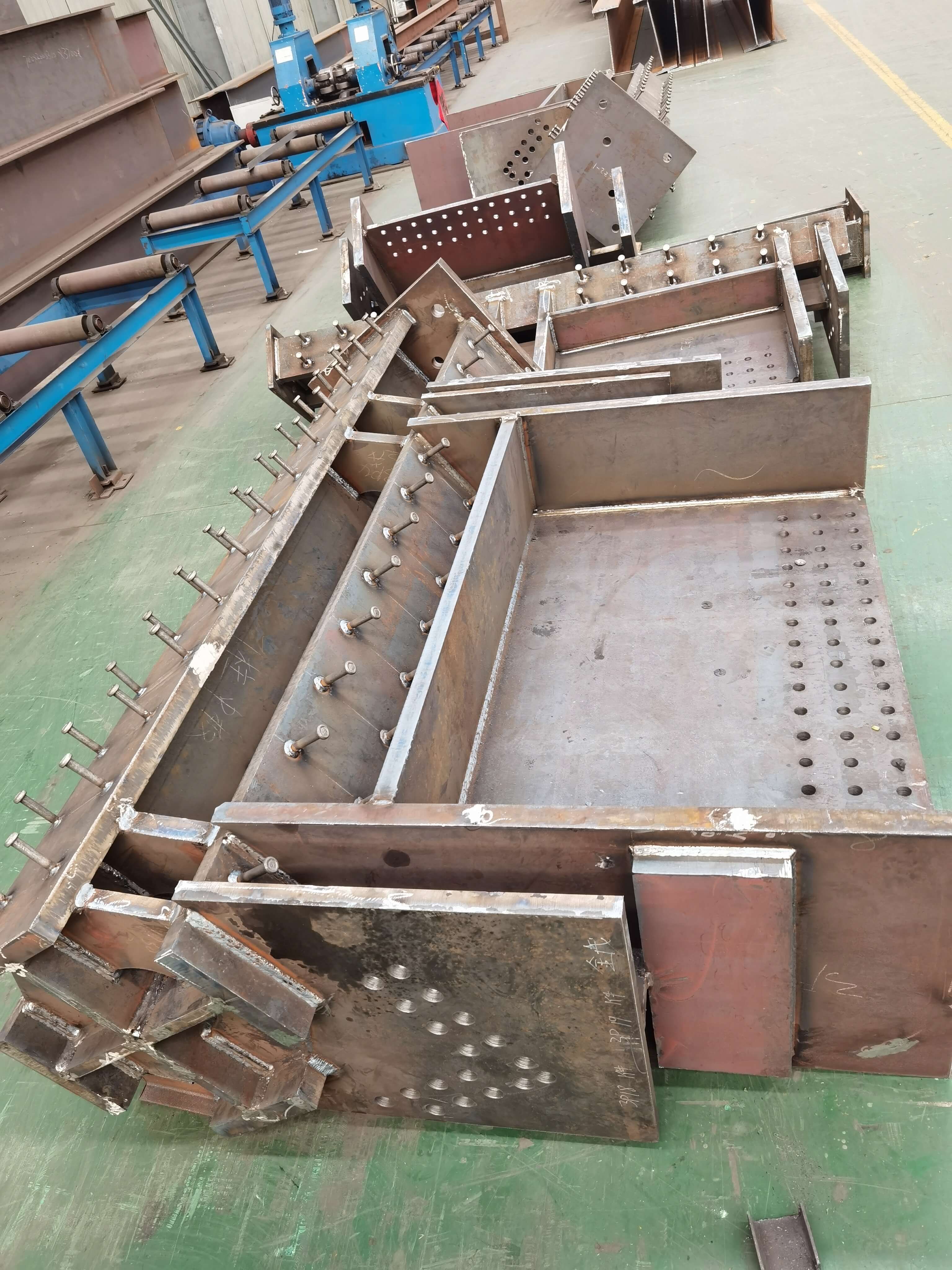Rongtai steel structure
Quality, Integrity and Partnership
The commanding heights of the details determine success or failure.
荣 泰 集 团
RONGTAI GROUP

一、Use:
It is widely used in various building structures, such as residences, commercial buildings, industrial plants, etc. In residences, it is mostly used in multi-story or high-rise buildings, and is responsible for bearing the loads transmitted by the floor plates.
二、Effect:
1.Efficient bearing: Can withstand vertical loads as well as horizontal loads such as wind loads and seismic forces, and transfer them to columns or foundations. In large-span structures, steel beams can effectively span large spaces and reduce the need for intermediate supports.
2.Enhance the integrity of the structure: Connect with steel columns and other components to form a steel structure framework, thereby improving the stability and spatial rigidity of the entire structure.
三、Advantage:
1.High strength and light weight: The strength of steel is much higher than that of concrete. Under the same load-bearing requirements, the self-weight of steel beams is much lighter than that of reinforced concrete beams. This can reduce the cost of the foundation, and also facilitate transportation and installation.
2.Space utilization advantage: It saves space compared to concrete columns, has a larger usable area, can reduce the need for intermediate columns, creates a larger column-free space, improves the efficiency and flexibility of space utilization, and meets the space requirements of different functional areas.
3.Excellent seismic resistance performance: The steel has good ductility, ensuring high safety. Under the action of an earthquake, the steel beams can absorb energy through deformation, reducing the degree of structural damage and enhancing the seismic resistance of the building.
Copyright © 2020, rongtai-steel.com, All rights reserved.
Copyright © Qingdao Rongtai New Type House Engineering Co., Ltd. Reproduction is strictly prohibited without permission.
Filing Number:鲁ICP备2021022480号-1




